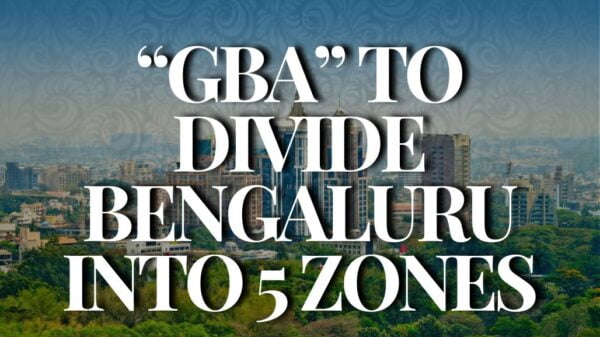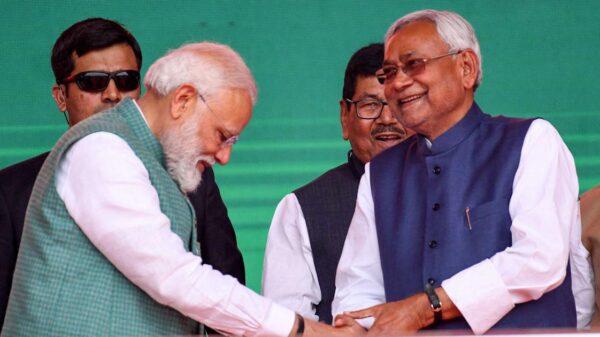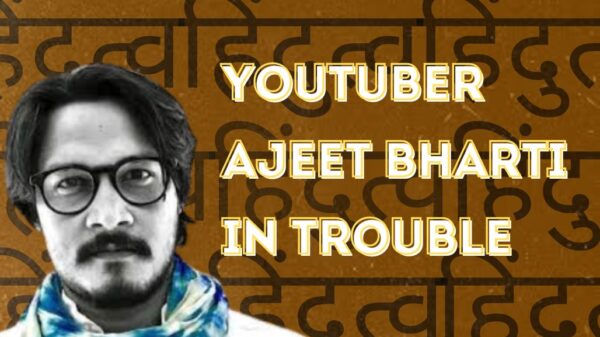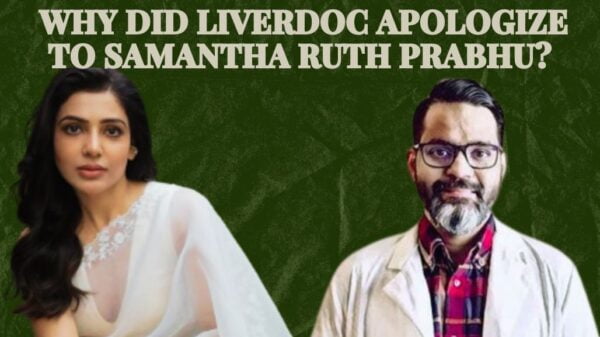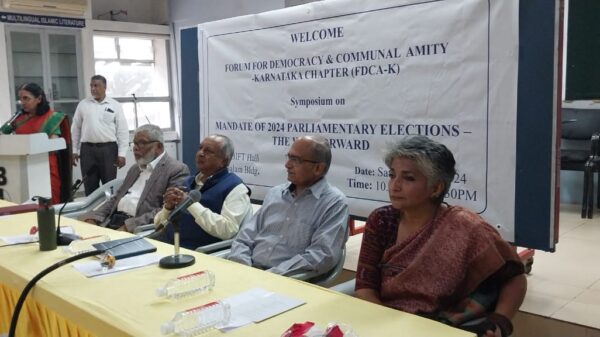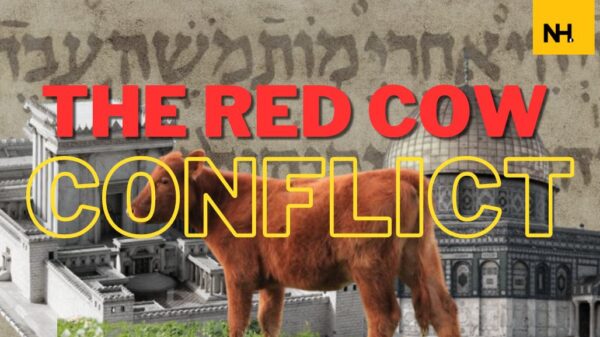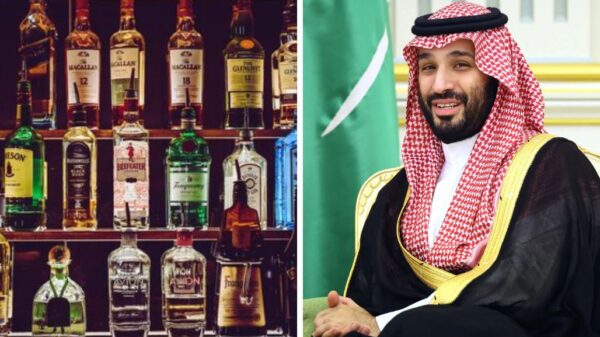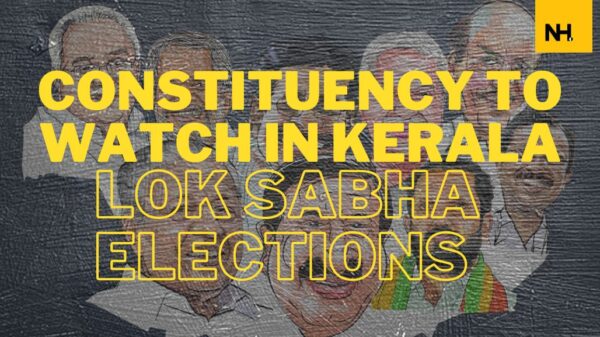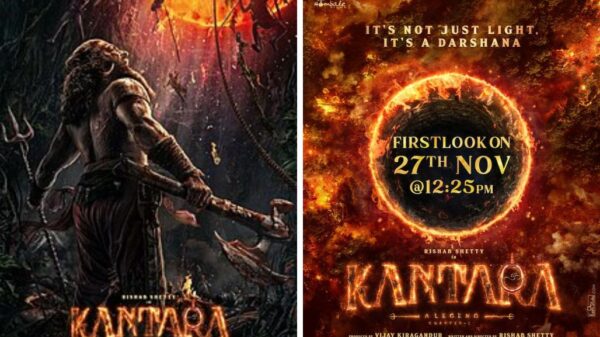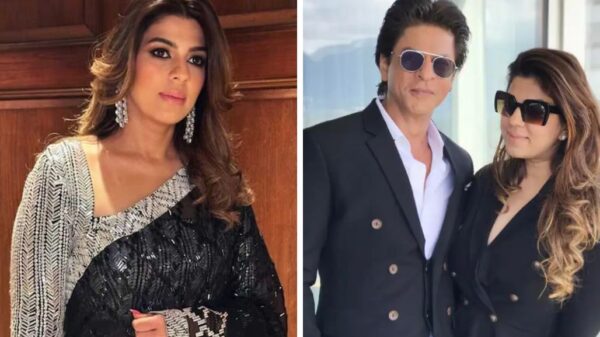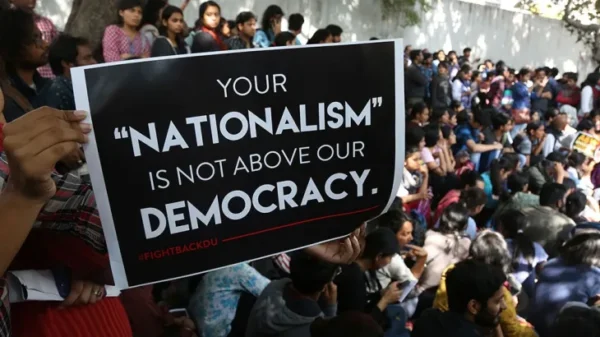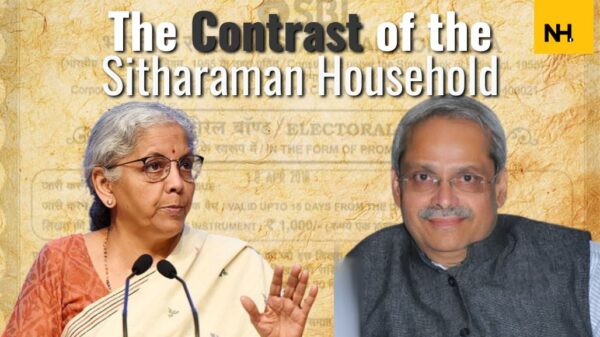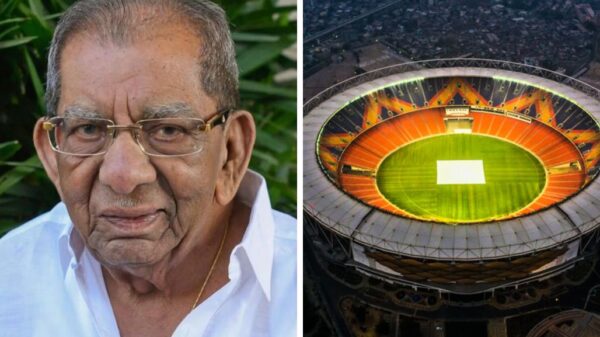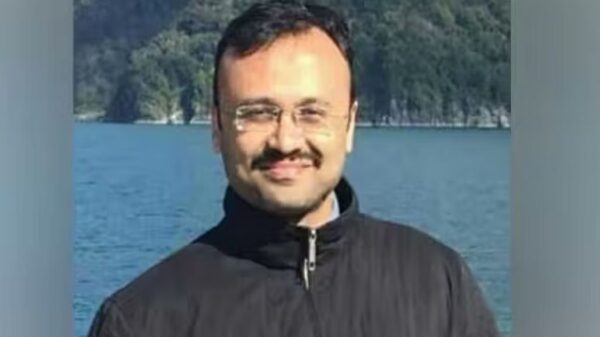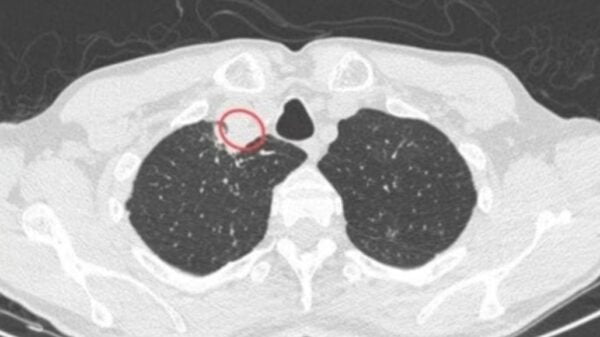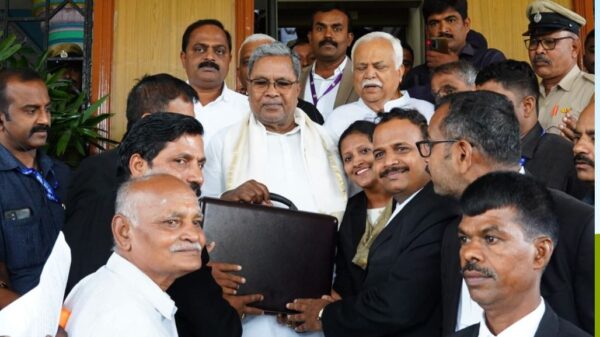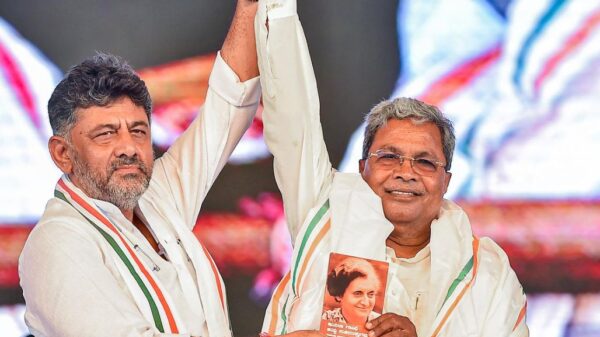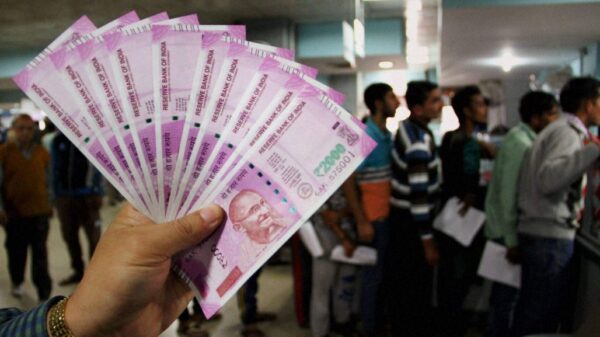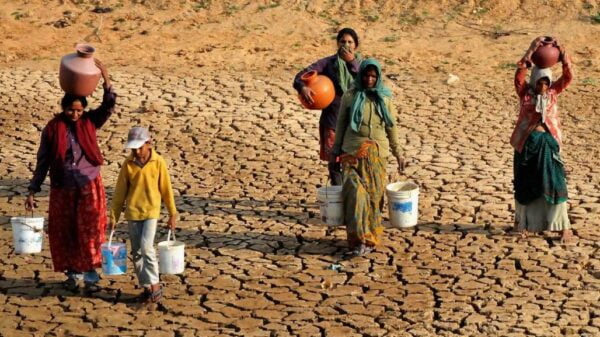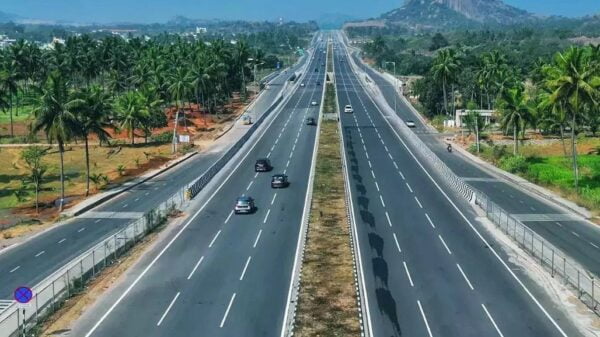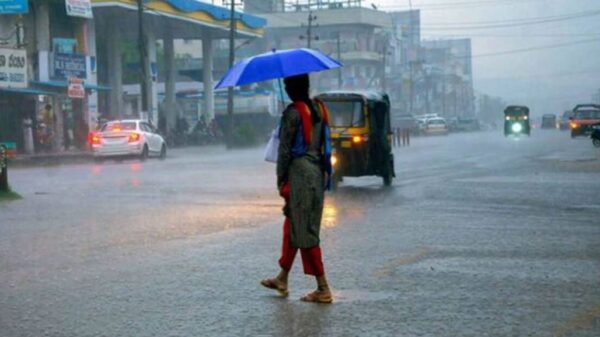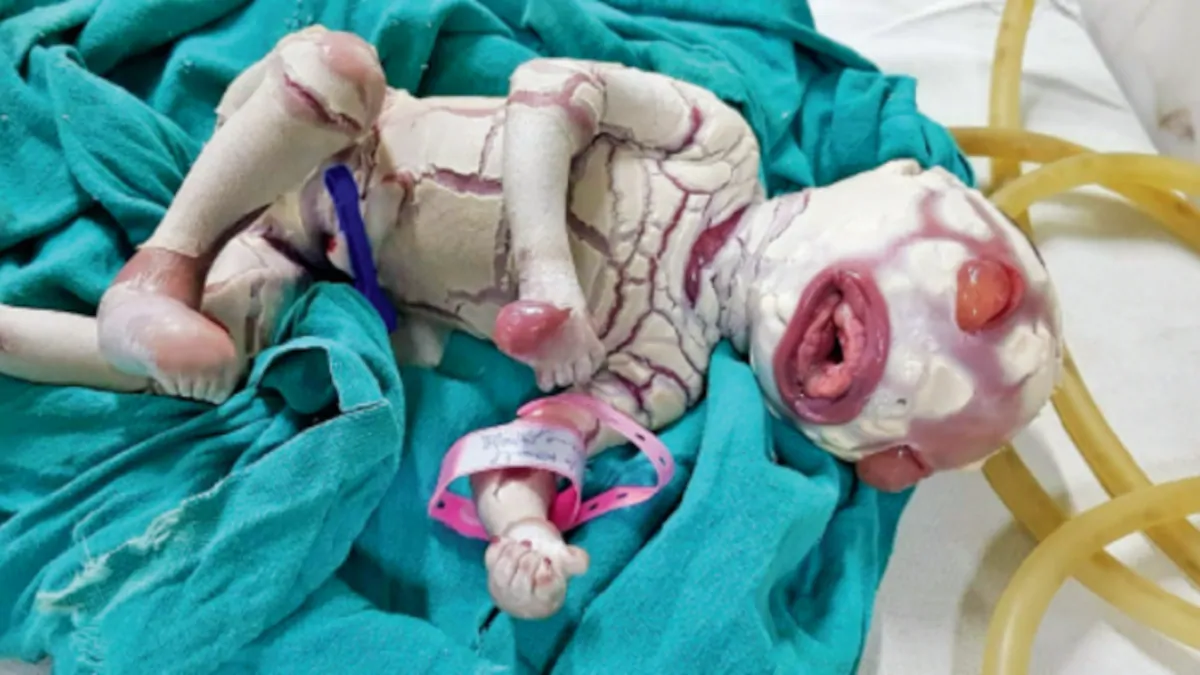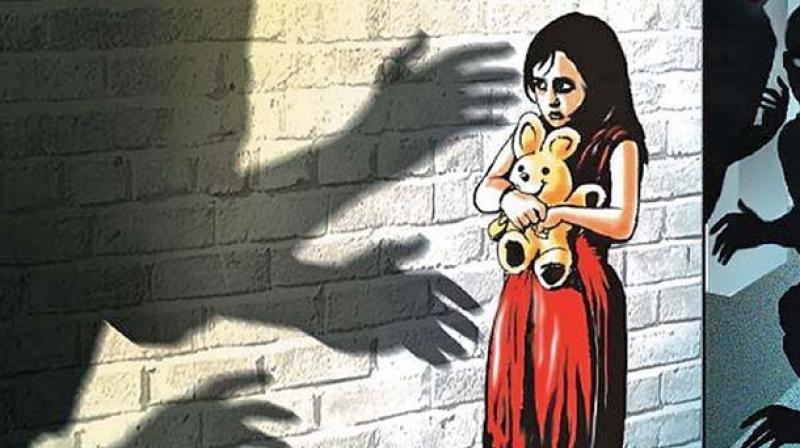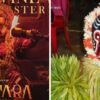Like many other celebrations this season, the prerequisites for #DurgaPuja is the triumph of the truth over evil. Looking back at the tradition itself, poses so many questions that are difficult to find answers for.
Every tradition has its various narratives, #DurgaPuja reflects a belonging of oneness with the community in some of these narratives and arises the question of inherent casteism in many others. It has been speculated that Mahishasur, whose #Vadh or #Samharan is celebrated in the name of Maa Durga, basically belongs to an adi-vasi community. By the virtue of his tribal identity, he is depicted as dark skinned and scary looking.
However, the other side of the story is that Mahishasur posed a lot of danger to the nearby communities as he was able to defeat Lord Indra and take the form of anybody he desired.

Historical and social narratives are often juxtaposed to each other and never fail to birth questions in the minds of the believer. Speaking of history, the first #BarowariDurgaPuja was initiated in 1790, when a group of 12 Brahmin friends organized a community Puja in Hooghly. The name Barowari, meaning Baro for twelve and Wari for friends has ever since been associated with the ritual. It has been observed that the Puja was first meant to be celebrated by the rich Babus of Bengal, and was initially quite exclusive.
However, since the setting up of sneaky community meetings was the need of the hour during the freedom struggles, the Barowari Durga Puja started becoming the identifiable tradition of the community. One of the initial community wide Pujas was organized by Bhowanipore Sanatan Dharmatsahini Sabha in the year 1909.
However, slowly the Barowari nature of the festival has been identified as #Sarvojanin (meaning all inclusive). This helps all classes and communities to gather together and celebrate the festival in total grand fervour.
In today’s times, it can be observed that the more widespread a festival is, the more freedom it gives for customization. Like in the case of #GaneshChaturthi, the idols are often made to match the humour and the intellect of the society. We have seen doctor Ganesha, Uri attack soldier Ganesha, Corona killing Ganesha and so on.
Similarly, this trend has been perforated into the idols of Goddess Durga as well. The country has been deeply affected and disturbed by the coronavirus pandemic and has ever since tried to find some sort of optimism and hasn’t stopped trying.

It has been quite a common sight to see the #MigrantMother statues replacing the idols of Maa Durga in the newspapers as well as social media posts, so as to celebrate womanhood and reflect upon the problems of the society with all widened eyes. The idol was conceptualized by Rintu Das and sculpted by Pallab Bhowmick, and this idol in the Behala’s Barisha Club has become the talk of the town.
The artist explains that the idea arose from the observable plight of migrant mothers during the coronavirus induced lockdown and he feels that this murthi truly embodies the Shakti and the struggle that a woman faces. Through this idol, the artist tries to tribute these mothers.
The choice for not painting the idol also has a deeper metaphor, as in, Rintu Das – the artist wanted to keep the reality untainted and uninfluenced by the grandiosity of colour and glamour. He wanted to keep it as real as possible.
Adding to the insights on the conception of this art, the sculptor, Pallab Bhowmick informed that the idol would not be immersed, rather kept as an art exhibited in one of the museums. Pallab also added that the idol was inspired by the artwork of Bikash Bhattacharya.
The pandemic has not been easy, and stating that is an understatement. However, art has always aided the society to relate to each other’s problems and situations and this idol has opened our eyes too.
-Ananya N K
-Bengaluru
References:
https://web.archive.org/web/20100911074936/http://durgapujas.com/history.htm
Image references:


